Delia Owen’s novel Where the Crawdads Sing is a riveting thriller that is set within the time period of 1952 — 1970 in the fictional North Carolina coastal town of Barkley Cove. The novel focuses on the complex relationship between Kya Clark, the mysterious girl of the marsh, and the recently murdered Chase Andrews, the handsome popular boy of the city. As the storyline approaches the crux of the mystery surrounding the murder of Chase Andrews, the environmental and social pressures of geographical isolation and racial segregation are profoundly illuminated and explored.
Within the recesses of the marsh, Kya forms an intimate connection with nature and becomes a profound observer of the plethora of flora and fauna within the marshes. However, due to the pressures of both this geographical separation and her racial difference as a darker-skinned native of the marshes, Kya becomes increasingly isolated from the other children her age and detached from the city.
The underlying question throughout the novel is whether Kya, who is this supposedly saturnine and supernatural figure from the marsh, has murdered Chase Andrews, the beloved man of the town.
The white townspeople instantly implicate Kya, which makes the reader question whether Kya can be held culpable for the crime of the murder or whether the true injustice in the novel is actually the societal pressures of geographical isolation and racial segregation that have irreparably marginalized and harmed Kya.
The juxtaposition of Kya’s proficiency in the comprehension of ecological matters with the formal education or “street smarts” of the white city people contributes not only to the tension and suspense of the mystery that is unveiled, but also reflects modern conversations about the ingrained prejudices and their impact.
As the storyline progress, the widening chasms of race, education and opportunity existing between Kya and the white people is revealed progressively with details leading up to the murder.
Kya educates herself through experiences of immersion within her marsh-like realm of bird feathers. She illustrates books of the many bird species residing within the swamp, while the white people become formally educated through institutionalized schooling and assume jobs in the town. This educational difference represents the barriers that people in marginalized communities, like the marsh, still face today, as well as challenge whether or not it is justifiable to hold Kya accountable for the murder based solely upon the townspeople’s prejudiced perspectives of her as an irrational actor.
Furthermore, the taboo nature of the complex relationship between Kya and Chase Andrews, who come from two polar opposite worlds intrigues the reader. One yearns for not only knowledge of whether the townspeople accurately identify Kya as the murderer.
However, the most compelling factor of this novel is the ultimate moral question of whether Kya is indeed the murderer and if she will be implicated in taking action against the cherished townboy and patriarchal figure, Chase.
Is this merely a crime novel, or could the narrative potentially present a call to action against the dominant forces of society that marginalize and oppress the genuine identity of a girl who exists outside the geographical and racial boundaries of the town and acts unrestrained by social expectations and normative behaviors?

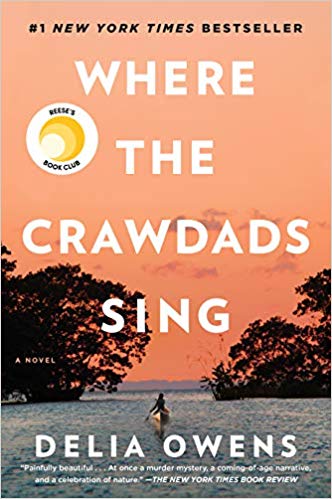

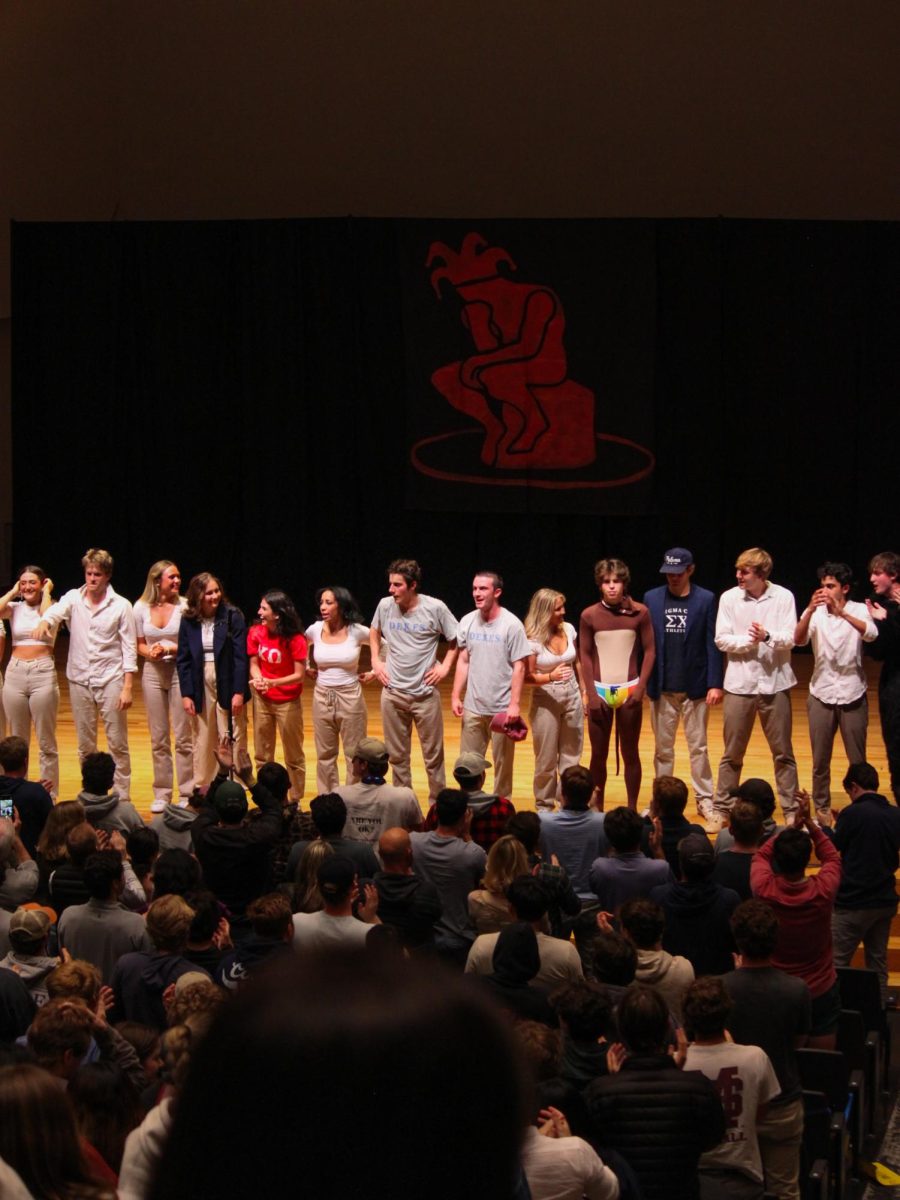

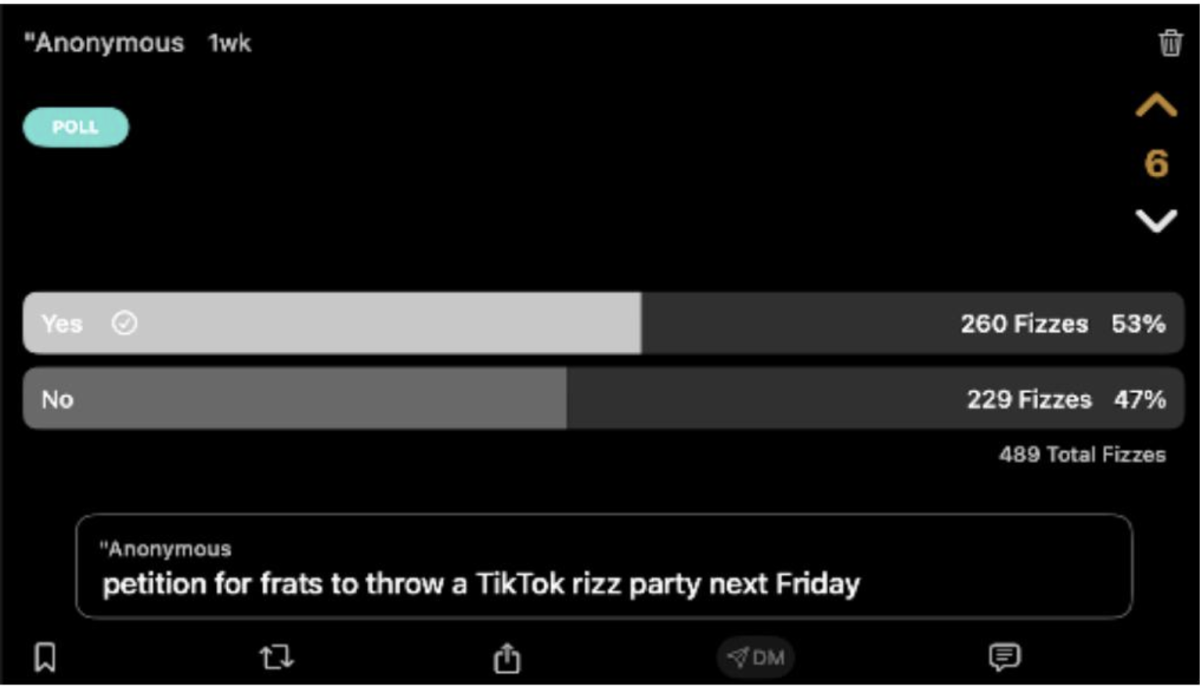

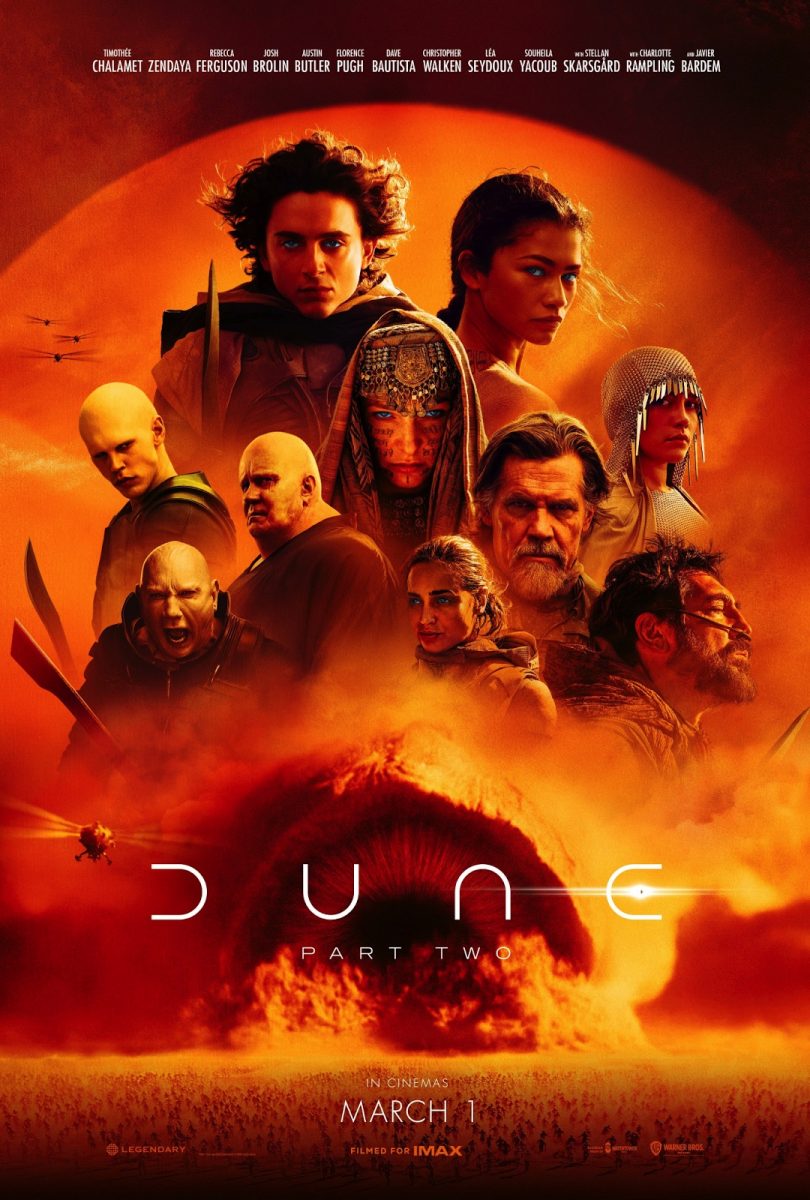


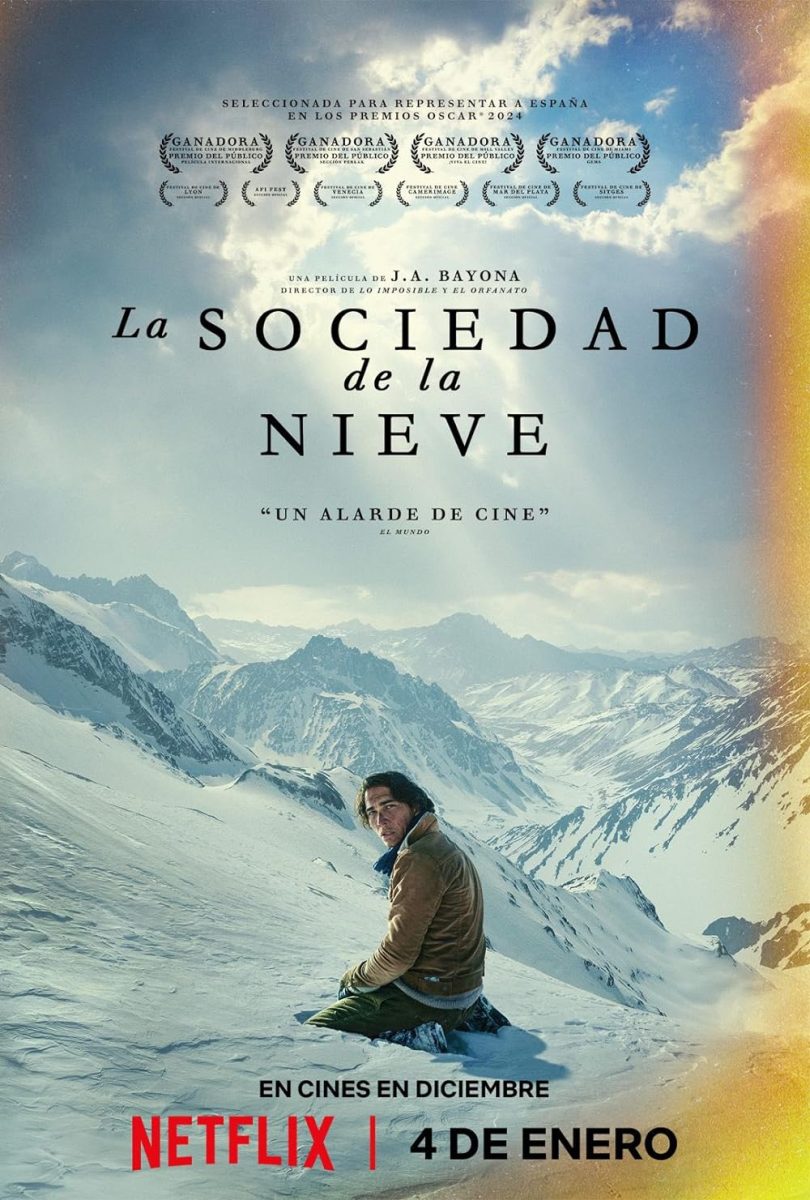
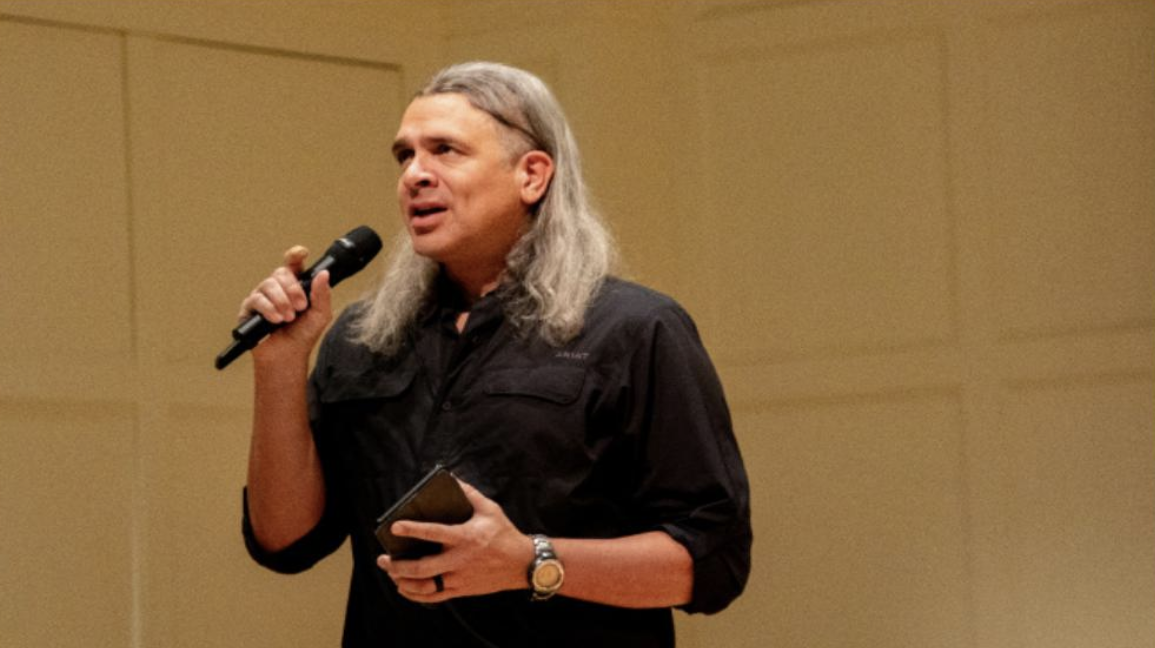
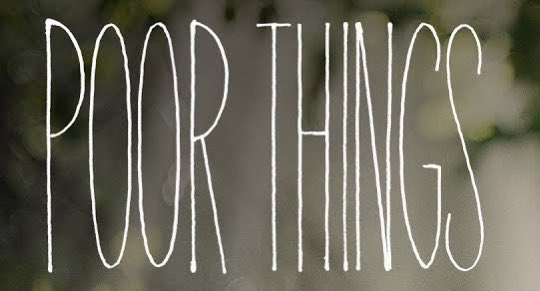
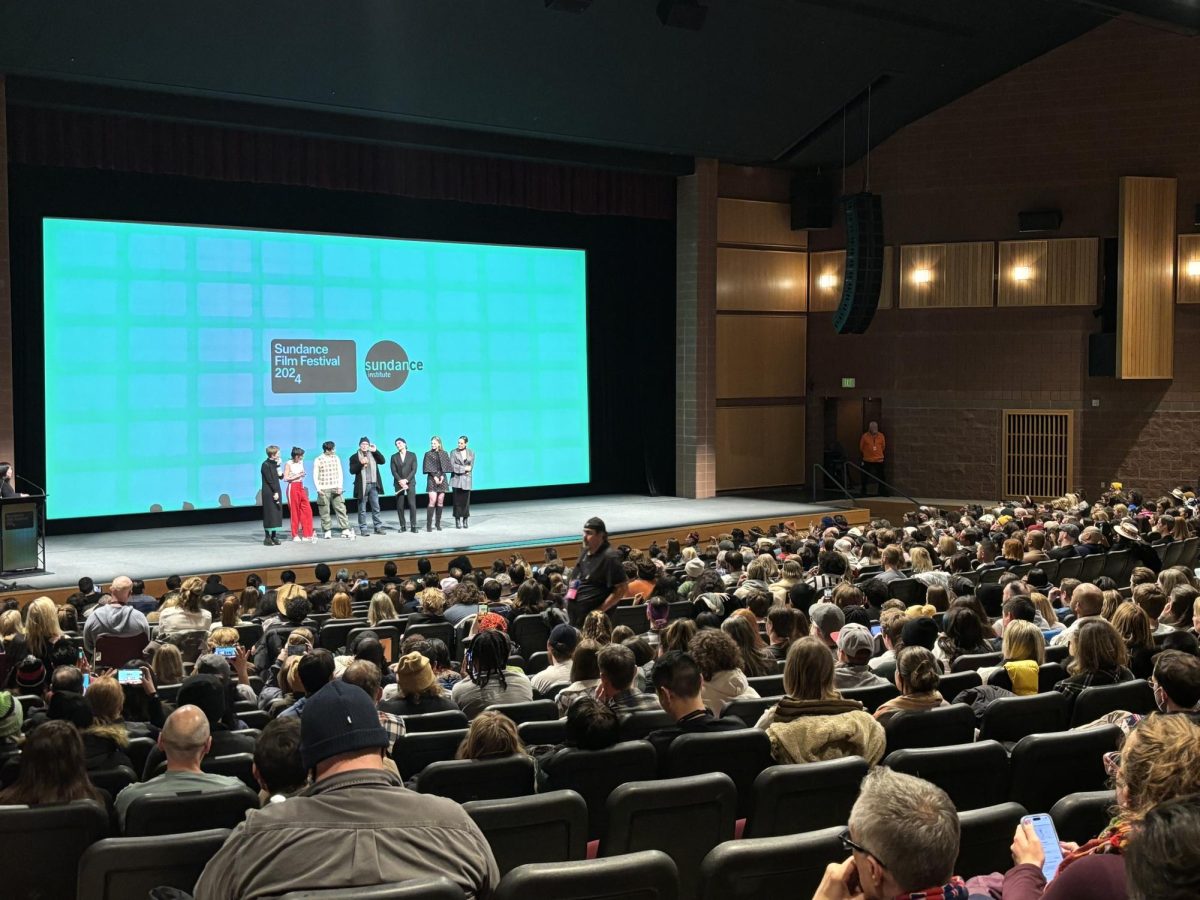
Fem • Jan 9, 2023 at 2:21 pm
Kya is white.
Mindy Halleck • Jun 24, 2021 at 12:07 pm
Kya was not dark skinned. Did you read the book before reviewing it?
M • Jan 31, 2020 at 3:10 pm
Since Kya is white, I have a hard time making sense of the line “racial segregation that have irreparably marginalized and harmed Kya.”